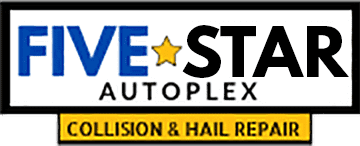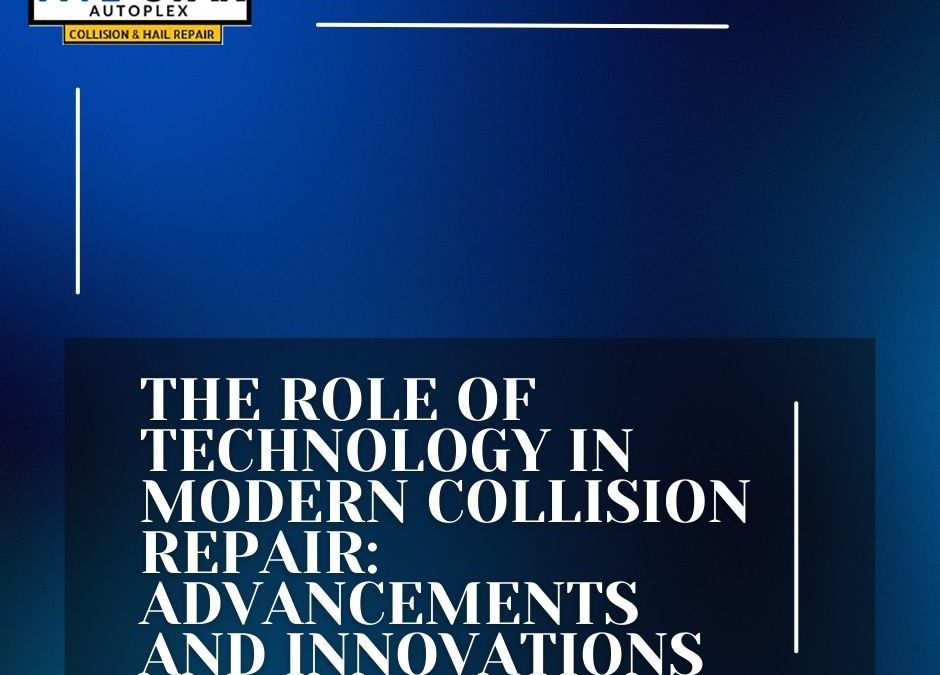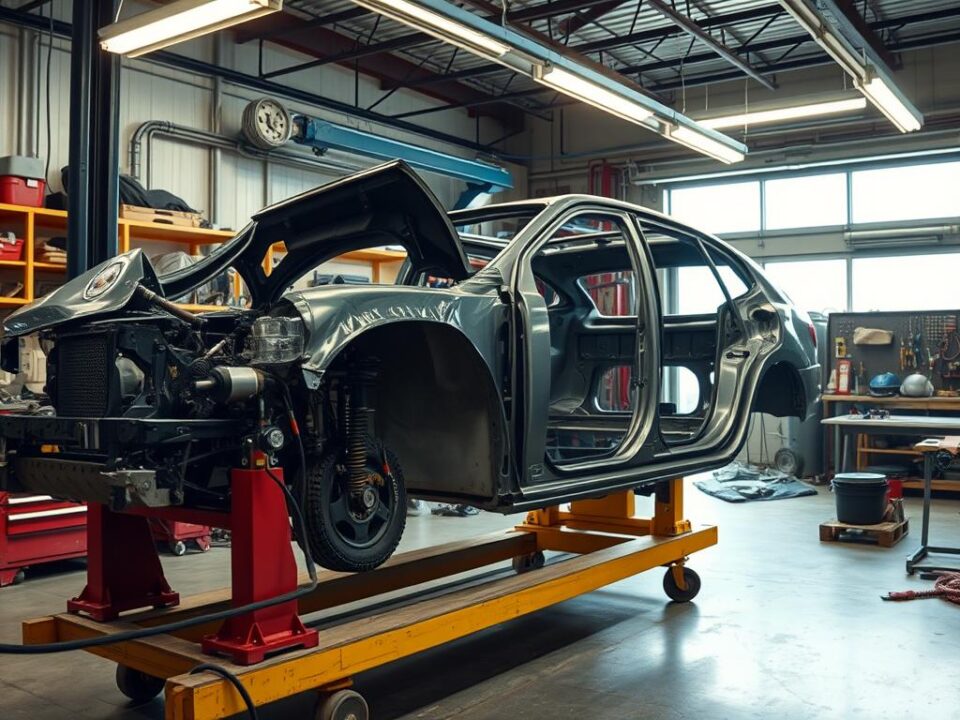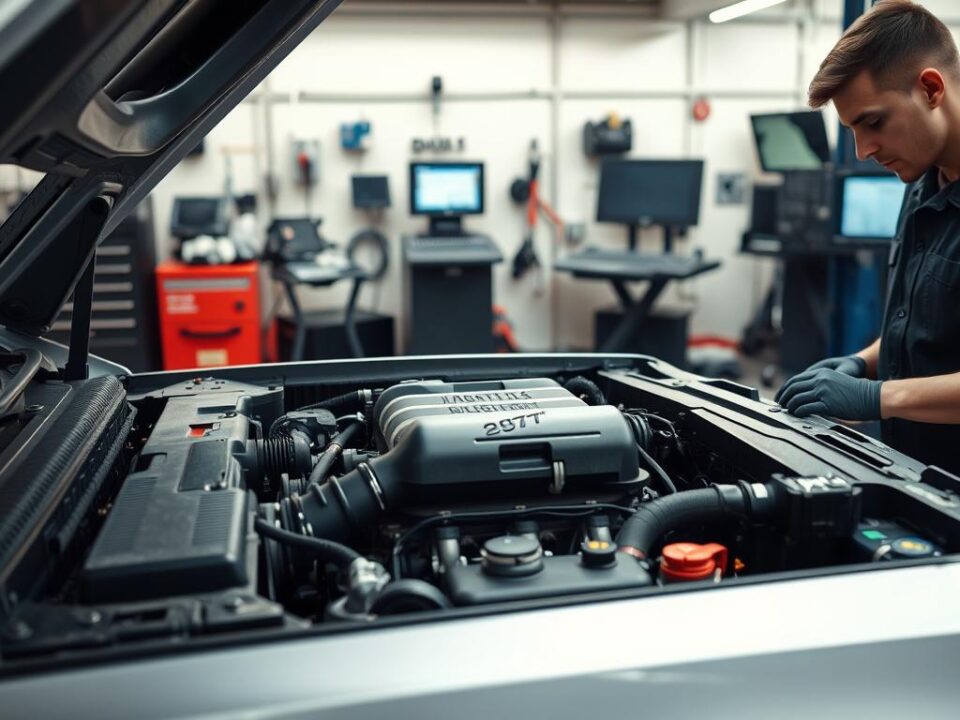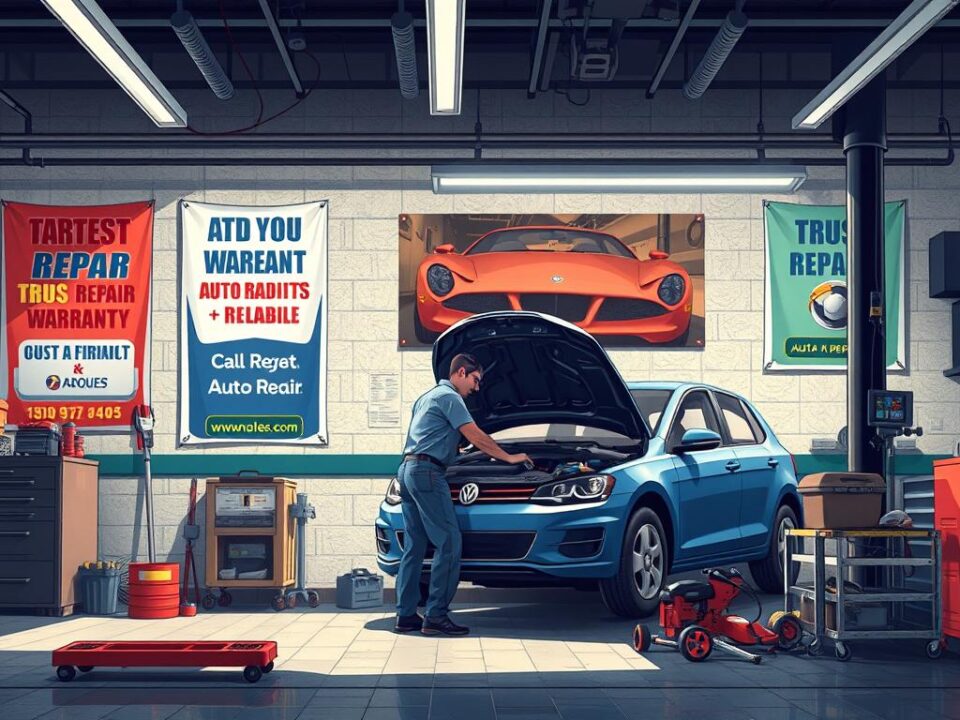
Maximizing Insurance Coverage for Collision Repair: Tips and Tricks

Choosing the Right Collision Repair Center – A Comprehensive Checklist
Collision repair businesses should constantly look for ways to streamline the repair process and increase customer satisfaction, but new technologies in vehicles can be expensive and, if implemented improperly, can cause more harm than good.
Collison Repair Centers often face difficulty hiring skilled technicians. One way of reaching them where they live — online — may help.
Artificial Intelligence (AI)
Artificial Intelligence may only recently have come into common parlance, yet this technology has been around for decades. Computing advances have made massive amounts of data more efficiently processed and have led to numerous breakthroughs – street mapping programs, Deep Blue beating world chess champion Garry Kasparov twice, genome sequencing projects etc.
AI applications have quickly become a staple of body shop repair processes. From improving damage assessment to streamlining workflow, they have proven invaluable in improving accuracy and customer satisfaction.
To maximize success on your AI journey, it is imperative to work with an advisor who understands its nuances and can guide your path accordingly. HPE’s real-time analytical AI for automation, prediction and control enables faster realizing value from data faster while opening up limitless opportunities for innovation and expansion.
Autonomous Vehicles
Autonomous vehicles are becoming a reality and could transform the future of automotive industry. These cars rely on advanced artificial intelligence (AI), complex sensors and computer vision functions to recognize their surroundings and respond accordingly. Furthermore, autonomous cars use digital information flowing constantly through them in order to generate maps of their surrounding environments as well as make split second judgement calls when life-threatening situations arise.
Current autonomous vehicles can perform tasks such as park assist and adaptive cruise control, but still need human drivers available at all times to take over control. Advocates of full automation believe it would significantly increase road safety by eliminating human error, as well as alter land-use patterns, increase car sharing options and allow commuters to live further away from work.
Modern vehicles typically include bumpers that contain cameras and sensors for backup, collision avoidance and lane alignment purposes. While these technologies can significantly shorten repair times, they may necessitate calibration of an ADAS system before repairs can take place.
Advanced Driver-Assistance Systems (ADAS)
ADAS employs various technologies and data inputs to enhance vehicle safety. ADAS systems range from those which alert the driver of an impending collision, to autonomously taking control of an element (like braking or steering) should the driver fail to react, such as front-crash prevention systems can reduce crashes by 27% while rearview cameras reduce backing accidents by 17%, according to research conducted by the Insurance Institute for Highway Safety.
Blind-spot monitors and lane departure warnings are among the most widely utilized ADAS applications, while more sophisticated technologies use computer chips with complex algorithms that detect road users, obstacles, weather conditions, traffic signals and even road markings and shapes in real time.
ADAS technology helps improve vehicle safety, but it will still take some time before most cars become fully automated. As this trend becomes more widespread, repair shops must learn how to repair these devices safely and accurately.
Enhanced Diagnostics
Modern vehicles utilize cutting-edge systems that rely on cooperation among numerous components communicating via multiple bussed networks, so repair technicians must possess an in-depth understanding of these systems in order to restore them following a collision.
Diagnostics is widely acknowledged in healthcare, accounting for 70% of medical decisions based on diagnosis. Unfortunately, however, research into the cost- and patient safety-impacts of inaccurate or delayed diagnoses remains limited.
Enhanced diagnostics are designed to save workshop staff time by offering advanced World-Wide Harmonized On-Board Diagnostics features, with access to additional modules and parameters beyond what a standard OBD scan can access. This gives a more complete picture of the vehicle’s status, helping troubleshoot issues that might not be apparent without close inspection, leading to reduced return visits and speedier returns on the road.
By choosing Five Star Body and Paint you get the best repairs while saving up to $1000 on your deductible. Call today to schedule your free estimate.
